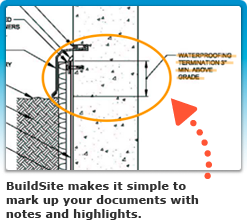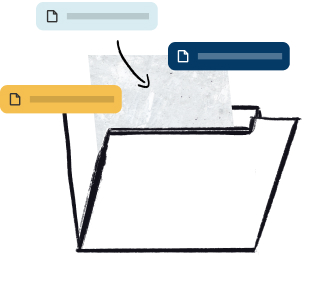Abstract
This specification covers two-component, epoxy-resin bonding systems for application to Portland-cement concrete, which are able to cure under humid conditions and bond to damp surfaces. The epoxy-resin bonding systems are classified according to type, grade, class, and color. The bonding systems can be classified as Type I, Type II, Type III, Type IV, Type V, Type VI, and Type VII according to their physical requirements. According to their flow characteristics and viscosity, the bonding systems can be classified as Grade 1, Grade 2, and Grade 3. Also, in accordance with the range of temperatures for which they are suitable, these materials can be designated as Class A, Class B, Class C, Class D, Class E, and Class F. Classes A, B, and C are defined for Types I through V, and Classes D, E, and F are defined for Types VI and VII. Epoxy resin systems are normally unpigmented, but they can be colored or darkened. These bonding systems shall be furnished in two components for combining immediately prior to use in accordance with written instructions formulated Component A shall contain an epoxy resin with or without a reactive diluent. Component B shall contain one or more curing agents, which on mixing with Component A shall cause the mixture to harden. A suitable inert filler may be uniformly incorporated in one or both components. The filler shall be either nonsettling or readily dispersible in any component in which it is incorporated. All systems shall cure under humid conditions, and bond to damp surfaces. Different test methods shall be performed to determine the following properties: consistency, gel time, filler content, epoxy equivalent, viscosity, absorption, bond strength, thermal compatibility, heat deflection temperature, linear coefficient of shrinkage, compressive yield strength and modulus, tensile strength and elongation at break, and contact strength.
This abstract is a brief summary of the referenced standard. It is informational only and not an official part of the standard; the full text of the standard itself must be referred to for its use and application. ASTM does not give any warranty express or implied or make any representation that the contents of this abstract are accurate, complete or up to date.
1. Scope
1.1 This specification covers two-component, epoxy-resin bonding systems for application to portland-cement concrete, which are able to cure under humid conditions and bond to damp surfaces.
1.2 This specification does not cover epoxy-resin-base bonding systems that have been modified by addition of components such as cement, fine aggregate, or fiber reinforcement. Additional testing may be required to meet applicable specifications for these applications.
1.3 This specification does not address the effects of creep on epoxy-resin-base bonding systems while under load or the potential for creep rupture. Additional testing is required for applications where creep and creep rupture are critical.
1.4 The values stated in either SI units or inch-pound units are to be regarded separately as standard. Some values have only SI units because the inch-pound equivalents are not used in practice. Within the text, the SI units are shown in brackets. The values stated in each system may not be exact equivalents; therefore, each system shall be used independently of the other. Combining values from the two systems may result in non-conformance with this standard.
1.5 This standard does not purport to address all of the safety concerns, if any, associated with its use. It is the responsibility of the user of this standard to establish appropriate safety and health practices and determine the applicability of regulatory limitations prior to use. For specific hazards statements, see Section 9.
Reproduced, with permission, from the ASTM International website, copyright ASTM International, 100 Barr Harbor Drive, West Conshohocken, PA 19428. To purchase the complete standard, go to http://www.astm.org/.



